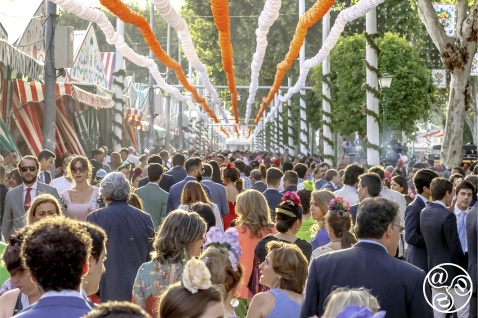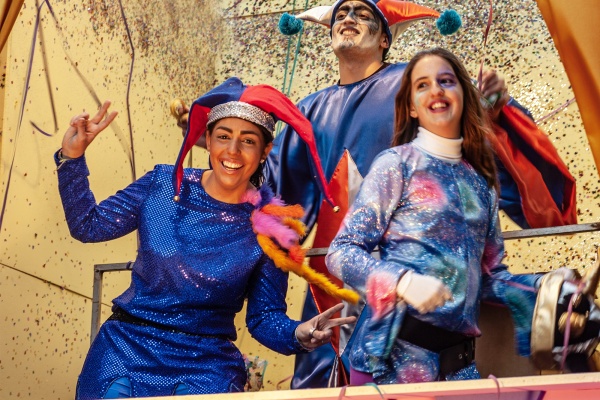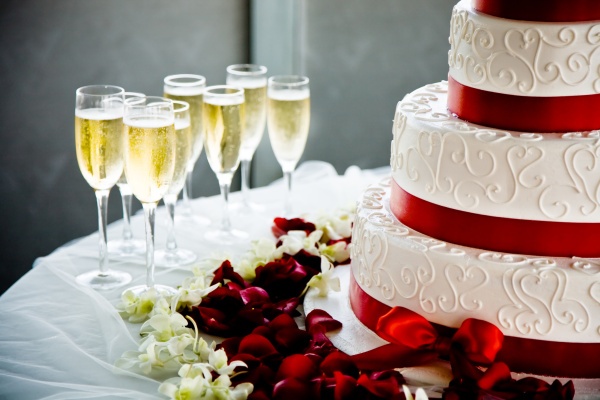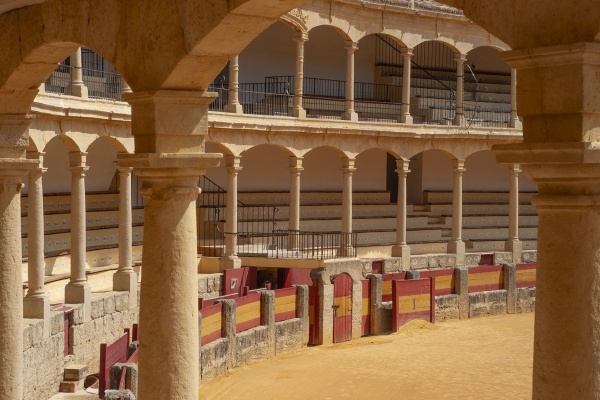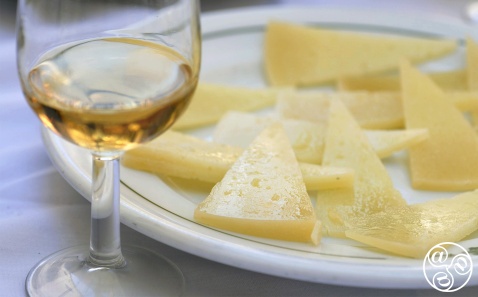
Fino – dry sherry from Jerez de la Frontera and El Puerto de Santa Maria. |
|
Seville Feria - Glossary of Terms
Some important Feria terms so you can sound like a local
Albero - traditional yellow sand (its colour is emblematic of Sevilla) on the ground of the recinto - can get dusty in hot weather, turns to mud when it rains.
Alumbra(d)o - when all the portada´s lights are switched on, at midnight on Saturday. This is the traditional beginning of the Feria
Caseta - private house-tent of varying size owned by groups of friends, or associations, where they, and those invited by them, eat, drink and dance
Farolillo - coloured pleated paper balls, in red, green or white, used to decorate casetas and streets of the recinto. Some have logos of manzanilla sherry brands
Calle de Infierno – the funfair of the Feria, featuring bumper cars, water rides, ghost trains, and several norias ( big wheels). It is situated to the west of the casetas, next to the car park.
Cartel – a new Feria poster is designed each year, adorned with the year.
Compas – The rhythm of the sevillana dance is ¾ – 1,2,3 – 1,2,3 (the 1 is stronger than the other two beats).
Corrida – a bullfight. There is one every day during the week of the Feria, and some people go to the bullfight before arriving at the Feria in their horse-drawn carriage.Fino – dry sherry from Jerez de la Frontera and El Puerto de Santa Maria.
Manzanilla - dry sherry from Sanlucar de Barrameda.
Portada – the entrance gate to the Feria, which has a different theme each year, chosen from entries to a design competition. The work of constructing the portada starts in December, and it is usually around 40m high by 50m wide, and is covered in around 60,000 lights. This is a popular meeting point for friends when they arrive. There is also an information point just inside.
Rebujito - a mix of Manzanilla (see above) and lemonade, served in a jug with ice, along with small plastic glasses.
Sabado de pescaito - on Saturday night, the first official night of the Feria, the traditional dish is fried fish
Sevillanas – This is the folkloric dance of the Feria, with its roots in flamenco. The dance is in four parts, and is performed in pairs (men and women, or women together). People dance in their casetas after lunch, when the tables have been cleared away. The music may be played and sung live by a group in the caseta, or as recorded music from speakers.
Traje de Flamenca – also known as a traje de gitana, this is the long, close-fitting frilled flamenca dress worn by women at the Feria. They come in all colours and patterns, though the traditional is spots, and in various sleeve lengths, necklines and styles of volante (ruffle). Typically worn with accessories in a complementary shade: shawl, necklace, earrings, comb and flower. The classic cut of a traje de flamenca is tight over the bust, waist and hips, and then flaring out in layers of frills. For the 2023 season, a new popular style has the skirt flaring out from the waist, like a regular dress.
Paseo de Caballos y Enganches – the parade of gleaming horse-drawn carriages and men and women on horseback, from 12 midday to 8pm every day of the Feria. Some of the carriages are privately owned, but many are hired for the day. You can also hire one by the hour. This is one of the most photogenic sights, at one of the most stunning events, in Andalucia.
Recinto Ferial, El Real de la Feria – two names for the area of the fairground where the casetas are located.
